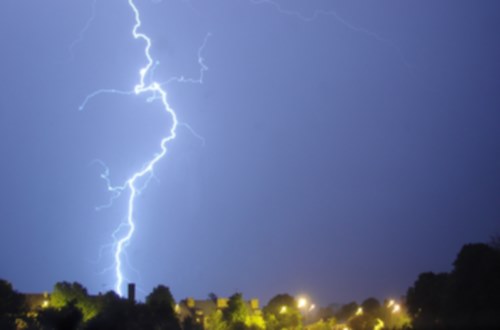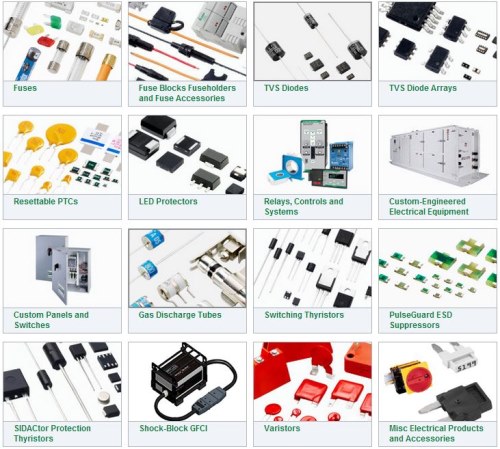It takes a lot more than men in space suits and telescopes to study the universe.

One important technology incorporated into space exploration is circuit protection. Fuses or circuit protectors are installed into electrical systems to prevent dangerous incidents from occurring.
So what does circuit protection have to do with astronauts in orbit?
Littelfuse, a developer of circuit protection products for almost 90 years, plays a big role in protecting space exploration since NASA wants to ensure circuit protection at many different levels to make sure all systems function reliably.
In space, circuit protection combats “static shocks,” which are caused by an imbalance of electric charges within surfaces or materials and which can cause serious trouble for electronics in orbit.

Lightning is an example of a large-scale electrostatic discharge event that can cause an electrical short.
The space phenomena known as triboelectric charging occurs when unlike materials rub together. Although it doesn’t sound like much, this can be quite dangerous. For example, since Mars soil is very dry, an astronaut could pick up an electrostatic charge that, when discharged, could disrupt critical circuitry on the mission.
This can happen in various ways on Mars: Soil could touch the materials used in an astronaut’s space suit or cause a rover to build up a very high triboelectric charge because the soil is so insulated.
Littelfuse has to stay vigilant to provide the best products for space applications that constantly evolve.
“We’re always looking at the next technology that’s going to offer the next step of protection,” said Chad Marak, Littelfuse Director of Technical Marketing and TVS Diode Array Products.
How does circuit protection work?
Circuit protection ensures system reliability and minimizes damage by protecting power supply generators and exposed ports. This includes making sure batteries are equipped with overtemperature protection if Li-ion chemistry is used, and that overload and surge protection is placed on power supplies and batteries.

Some examples of circuit protection products from Littelfuse.
Power and signal ports that send data to other parts of a system also need circuit protection since exposed ports can be affected by the outside environment and result in electrostatic discharge or lightning discharge.
Next time you take a look at a rocket blast off or watch an astronaut land on another planet, remember there’s a lot more technology behind the scenes than what meets the eye.
Advertisement
Learn more about Electronic Products MagazineLittelfuse





